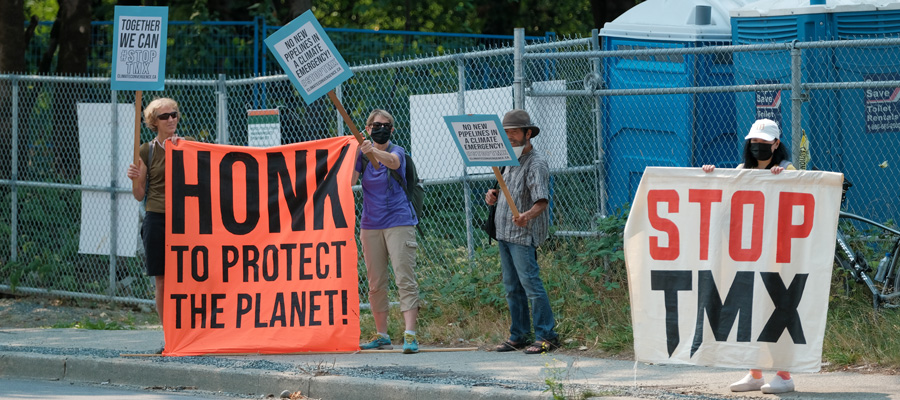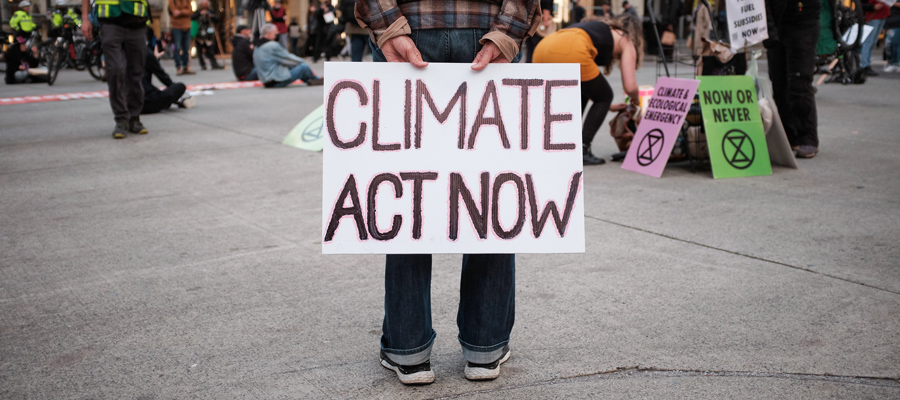Inconsistency in BC’s GHG Regulations
It is no doubt quite naive to think that the BC government (or any government for that matter) would transparently ensure that it imposed the same price on carbon emissions from different industrial sources.
Still, carbon is carbon and GHG emissions raise the same concerns regardless of the source. So at least from a naive economist’s point of view we should be imposing at least broadly similar costs in our regulations and policies designed to reduce emissions or, failing that, to provide financial compensation that can fund offset and climate change adaptation investments.
Needless to say, that isn’t happening in BC.
In its zeal to promote LNG, the government has agreed that Petronas can emit some 3.2 million tonnes of CO2 per year at no charge. It can emit another 1.4 million tonnes at a maximum charge of $12.50 per tonne. And it can emit beyond that at a charge of $25.00 per tonne.
But this is the same Liberal government, albeit with a different leader, that forced BC Hydro to buy over 6000 GWh of run of river and other ‘clean’ energy to displace seasonal and off-peak imports of electricity backed up by the Burrard Thermal gas-fired power plant. The imports and any use of Burrard would generate GHG emissions the government said, and that was to be avoided at all cost.
Now here is the crazy part in all this. The cost of the government’s clean energy directives to BC Hydro is now in the order of $500 million per year. That is the difference in the cost of the run of river and other clean energy that BC Hydro was forced to purchase as compared to the cost or value of that energy in Pacific Northwest, Alberta and other wholesale markets.
It is not clear by how much the clean energy purchases have reduced GHG emissions. The impact has been minimal in BC because the Burrard plant, a back-up, would seldom have been generating electricity. There could have been some emission reduction in the Pacific Northwest and Alberta because of our reduced need for and demand for imports, but even the most favourable assumptions would put the cost of those GHG reductions at some $200/tonne.
So BC government regulations imposed on BC Hydro have forced ratepayers (you and me) to effectively pay $200/tonne or more to reduce GHG emissions in the Pacific Northwest and Alberta.
At the same time BC government regulations, now locked in for the next 25 years or so, impose virtually no cost on Petronas for the huge amount of GHG emissions in British Columbia caused by its LNG operations.
Hmmm…. $200/tonne or more to reduce emission in Washington and Alberta paid by you and me versus nothing paid by Petronas to emit in B.C.
I realize that consistency can be overrated, but this is a bit extreme.
Topics: Climate change & energy policy, Environment, resources & sustainability


